Like it or not, we live in a digital-first world where technology dominates, and humans are expected to keep pace. Navigating the complex and demanding landscape of this environment often means juggling several tasks or projects at a time—and completing them fast.
Yet, despite our ever-evolving digital lives, humans are not great multitaskers.
In fact, multitasking can be downright dangerous to your business. Research from the American Psychological Association notes, “even brief mental blocks created by shifting between tasks can cost as much as 40 percent of someone’s productive time.”
No matter your industry, that’s entirely too much time lost.
And the consequences go beyond time wasted. Psychological Research found that task switching can also negatively impact behavior. The research states, “multitasking is typically accompanied with performance decrements that become evident when comparing performance on a task done in isolation to its performance done in combination with other tasks.”
Simply put, multitasking employees are far more likely to make mistakes in their work. Innovation, growth, and performance are more easily achievable when individuals can focus on one task at a time. This doesn’t mean ditching several projects in favor of one, but instead, building processes and cultivating mindsets that make it easier to stick with one task at a time before moving on to the next.
To this end, here are some tips to help ease the constant pressure of multitasking on your teams so they can get back to producing high-quality work.
Reduce distractions
Reducing distractions in a technology-fueled world is an ongoing challenge, yet it’s essential for maintaining productivity and enhancing employee well-being. While it may be unrealistic to eliminate distractions entirely, company leaders can implement strategies to help employees minimize the volume of daily interruptions.
Establish clear guidelines around technology use:
Encourage employees to limit non-work-related technology use to designated breaks.
Implement focus hours:
Designate certain times of the day as “focus hours” where meetings are prohibited and interruptions are minimized.
Create quiet zones:
This could involve setting up rooms for quiet work, providing noise-canceling headphones, or allowing flexible work arrangements for those who work better in different environments.
Encourage regular breaks:
Encouraged breaks allow employees to recharge and return to their work with renewed focus. Establish a culture where taking short, scheduled breaks is a norm, not an exception.
Put an end to unnecessary “busy work”
It’s easy to fall into the trap of equating busyness with productivity, but doing more does not always mean achieving more—and it often leads to burnout and turnover. We now have so many smart tools at our disposal that can relieve the burden of rote tasks, freeing up employees to work on the things that really matter. By reminding our teams that it’s not about the volume of work that’s produced but rather the quality, we set the tone for a culture of creativity and innovation.

Create a culture of intention
Building a culture that values thoughtful action instead of reactive decision-making starts at the top. This means taking the time to evaluate the impact of our actions, encouraging open dialogue about our strategic priorities, and being willing to let go of initiatives that no longer serve our core objectives. It’s about making deliberate choices that align with the company’s long-term vision rather than succumbing to the allure of short-term gains.
Choose trust over micromanagement
One of the most effective ways to encourage employees to do fewer things better is by fostering an environment of trust and autonomy. When team members feel trusted to make decisions and can determine how best to achieve their goals, they are more likely to invest the time and effort required to produce exceptional work. This empowerment leads to a deeper sense of ownership and responsibility, driving individuals to prioritize their tasks and focus on what they can do best.
Takeaway
Empowering your employees to do fewer things better can transform the way your company operates. By encouraging thoughtful action, reducing distractions, prioritizing quality over quantity, and fostering an environment of trust and autonomy, you can lead your teams to reach their goals faster and to feel proud of the work they’re putting out in the world.


